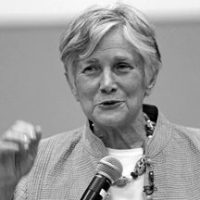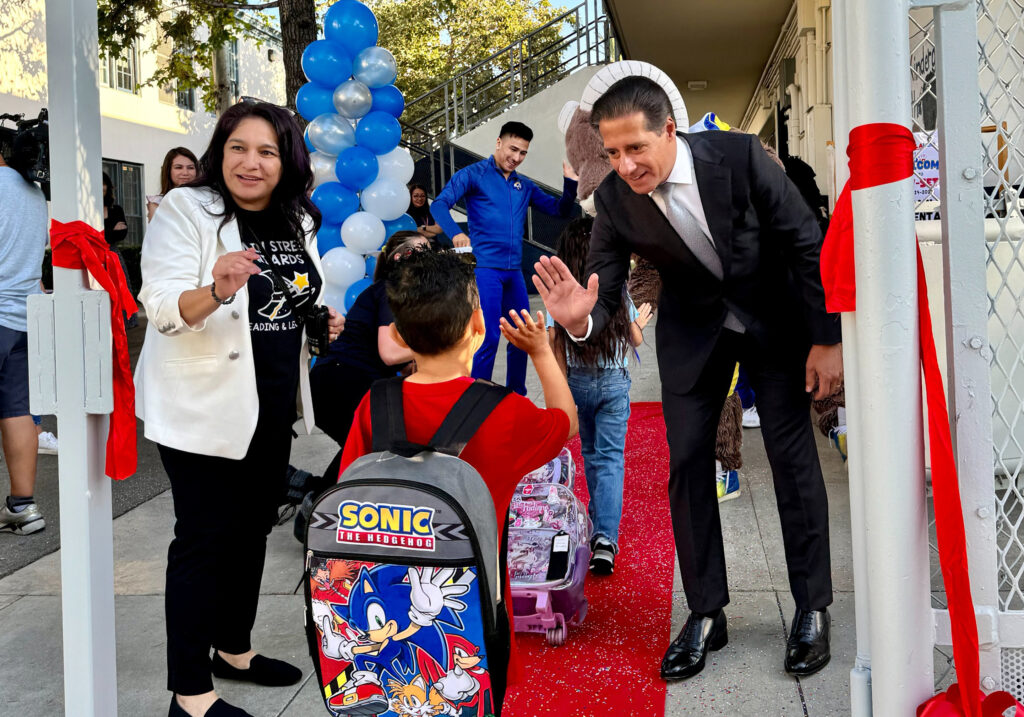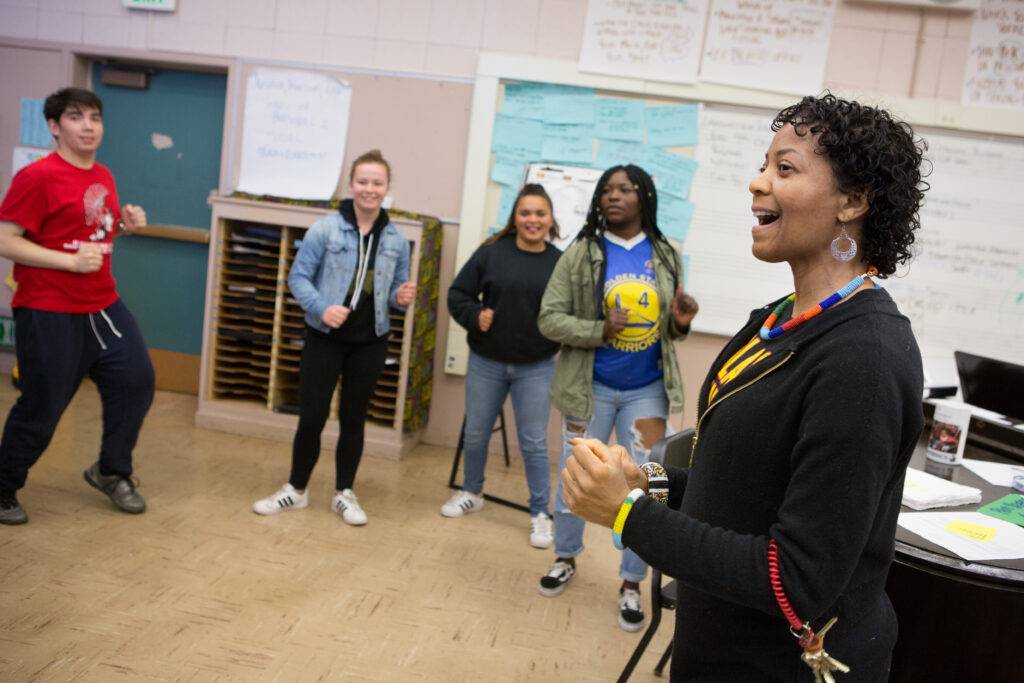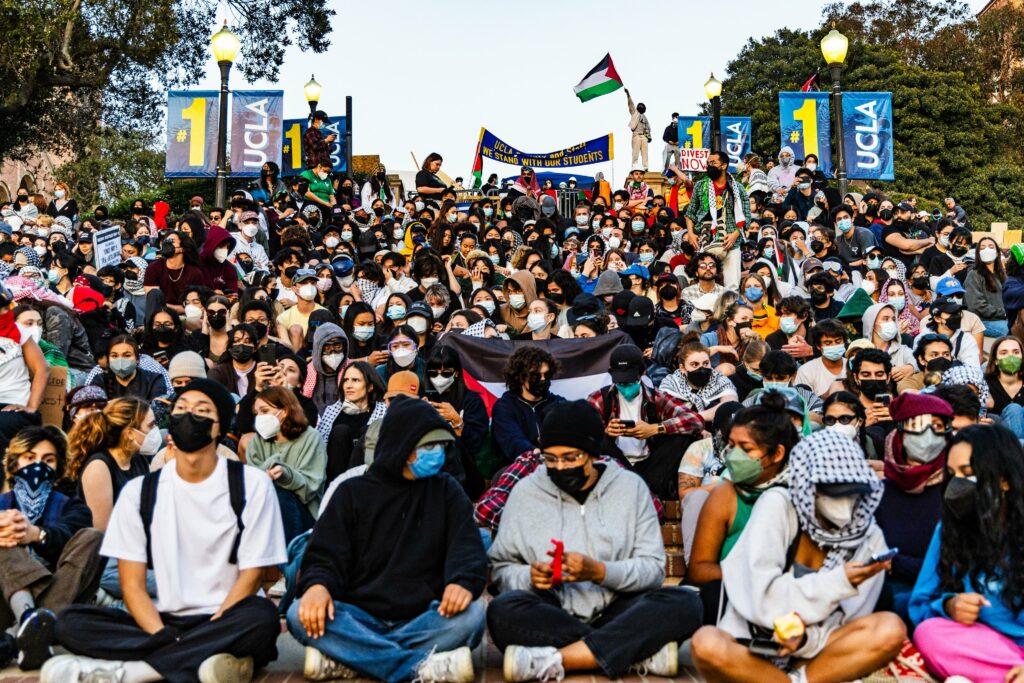Stephen Miller is the evil genius of the Trump administration. He has built his reputation as the person with the least heart or soul. He has been the loudest advocate for kicking out immigrants, as many and as quickly as possible. Miller recently proposed that the Trump administration might need to suspend habeas corpus so as to speed up the expulsion of millions of undocumented immigrants.
Habeas corpus means literally “you should have the body.” It means that a prisoner must be brought before a court so a judge can decide if the detention is lawful.
The U.S. Constitution guarantees the right to habeas corpus in Article I, Section 9,states that the right to habeas corpus, which is a legal procedure to ensure a person isn’t unjustly imprisoned, “shall not be suspended, unless when in Cases of Rebellion or Invasion the public Safety may require it“
Miller said: “The writ of habeas corpus can be suspended in a time of invasion. So I would say that’s an option we’re actively looking at.”
Legal scholar Steve Vladeck wrote that “Miller made some of the most remarkable (and remarkably scary) comments about federal courts that I think we’ve ever heard from a senior White House official.” In this post, he explains why Miller is wrong.
He begins with Miller’s words:
Well, the Constitution is clear. And that, of course, is the supreme law of the land, that the privilege of the writ of habeas corpus can be suspended in a time of invasion. So … that’s an option we’re actively looking at. Look, a lot of it depends on whether the courts do the right thing or not. At the end of the day, Congress passed a body of law known as the Immigration Nationality Act which stripped Article III courts, that’s the judicial branch, of jurisdiction over immigration cases. So Congress actually passed what’s called jurisdiction stripping legislation. It passed a number of laws that say that the Article III courts aren’t even allowed to be involved in immigration cases.
Vladeck writes that Miller’s view is just plain wrong:
I know there’s a lot going on, and that Miller says lots of incendiary (and blatantly false) stuff. But this strikes me as raising the temperature to a whole new level—and thus meriting a brief explanation of all of the ways in which this statement is both (1) wrong; and (2) profoundly dangerous. Specifically, it seems worth making five basic points:
First, the Suspension Clause of the Constitution, which is in Article I, Section 9, Clause 2 is meant to limit the circumstances in which habeas can be foreclosed (Article I, Section 9 includes limits on Congress’s powers)—thereby ensuring that judicial review of detentions are otherwise available. (Note that it’s in the original Constitution—adopted before even the Bill of Rights.) I spent a good chunk of the first half of my career writing about habeas and its history, but the short version is that the Founders were hell-bent on limiting, to the most egregious emergencies, the circumstances in which courts could be cut out of the loop. To casually suggest that habeas might be suspended because courts have ruled against the executive branch in a handful of immigration cases is to turn the Suspension Clause entirely on its head.
Second, Miller is being slippery about the actual text of the Constitution (notwithstanding his claim that it is “clear”). The Suspension Clause does not say habeas can be suspended during any invasion; it says “The Privilege of the Writ of Habeas Corpus shall not be suspended, unless when in Cases of Rebellion or Invasion the public Safety may require it.” This last part, with my emphasis, is not just window-dressing; again, the whole point is that the default is for judicial review except when there is a specific national security emergency in which judicial review could itself exacerbate the emergency. The emergency itself isn’t enough. Releasing someone like Rümeysa Öztürk from immigration detention poses no threat to public safety—all the more so when the release is predicated on a judicial determination that Öztürk … poses no threat to public safety.
Third, even if the textual triggers for suspending habeas corpus were satisfied, Miller also doesn’t deign to mention that the near-universal consensus is that only Congress can suspend habeas corpus—and that unilateral suspensions by the President are per se unconstitutional. I’ve written before about the Merryman case at the outset of the Civil War, which provides perhaps the strongest possible counterexample: that the President might be able to claim a unilateral suspension power if Congress is out of session (as it was from the outset of the Civil War in 1861 until July 4). Whatever the merits of that argument, it clearly has no applicability at this moment.
Fourth, Miller is wrong, as a matter of fact,about the relationship between Article III courts (our usual federal courts) and immigration cases. It’s true that the Immigration and Nationality Act (especially as amended in 1996 and 2005) includes a series of “jurisdiction-stripping” provisions. But most of those provisions simply channel judicial review in immigration cases into immigration courts (which are part of the executive branch) in the first instance, with appeals to Article III courts. And as the district courts (and Second Circuit) have explained in cases like Khalil and Öztürk, even those provisions don’t categorically preclude any review by Article III courts prior to those appeals.
Toward the end of the video, Miller tries to make a specific point about whether revocations of “TPS” (temporary protected status) are subject to judicial review. Here, he appears to be talking about a California district court ruling in the TPS Alliance case, in which the Trump administration is currently asking the Supreme Court for a stay of the district court’s injunction (the appropriate remedy in case the district court erred). And as the plaintiffs’ response brief in the Supreme Court explains in detail, the district court had very good reasons for holding that it had the power to hear their case.
I don’t mean to overstate things; some of the questions raised by the INA’s (notoriously unclear) jurisdiction-stripping provisions can get very messy. But there’s a big difference, in my view, between reasonable disagreements over the language of complex jurisdictional statutes and Miller’s insinuation that Congress has categorically precluded judicial review in these cases. It just hasn’t.
Fifth, and finally, Miller gives away the game when he says “a lot of it depends on whether the courts do the right thing or not.” It’s not just the mafia-esque threat implicit in this statement (“I’ll make him an offer he can’t refuse”); it’s that he’s telling on himself: He’s suggesting that the administration would (unlawfully) suspend habeas corpus if (but apparently only if) it disagrees with how courts rule in these cases. In other words, it’s not the judicial review itself that’s imperiling national security; it’s the possibility that the government might lose. That’s not, and has never been, a viable argument for suspending habeas corpus. Were it otherwise, there’d be no point to having the writ in the first place—let alone to enshrining it in the Constitution.
If the goal is just to try to bully and intimidate federal judges into acquiescing in more unlawful activity by the Trump administration, that’s shameful enough. But suggesting that the President can unilaterally cut courts out of the loop solely because they’re disagreeing with him is suggesting that judicial review—indeed, that the Constitution itself—is just a convenience. Something tells me that even federal judges and justices who might otherwise be sympathetic to the government’s arguments on the merits in some of these cases will be troubled by the implication that their authority depends entirely upon the President’s beneficence.
***
It’s certainly possible that this doesn’t go anywhere. Indeed, I hope that turns out to be true. But Miller’s comments strike me as a rather serious ratcheting up of the anti-court rhetoric coming out of this administration—and an ill-conceived one at that.















